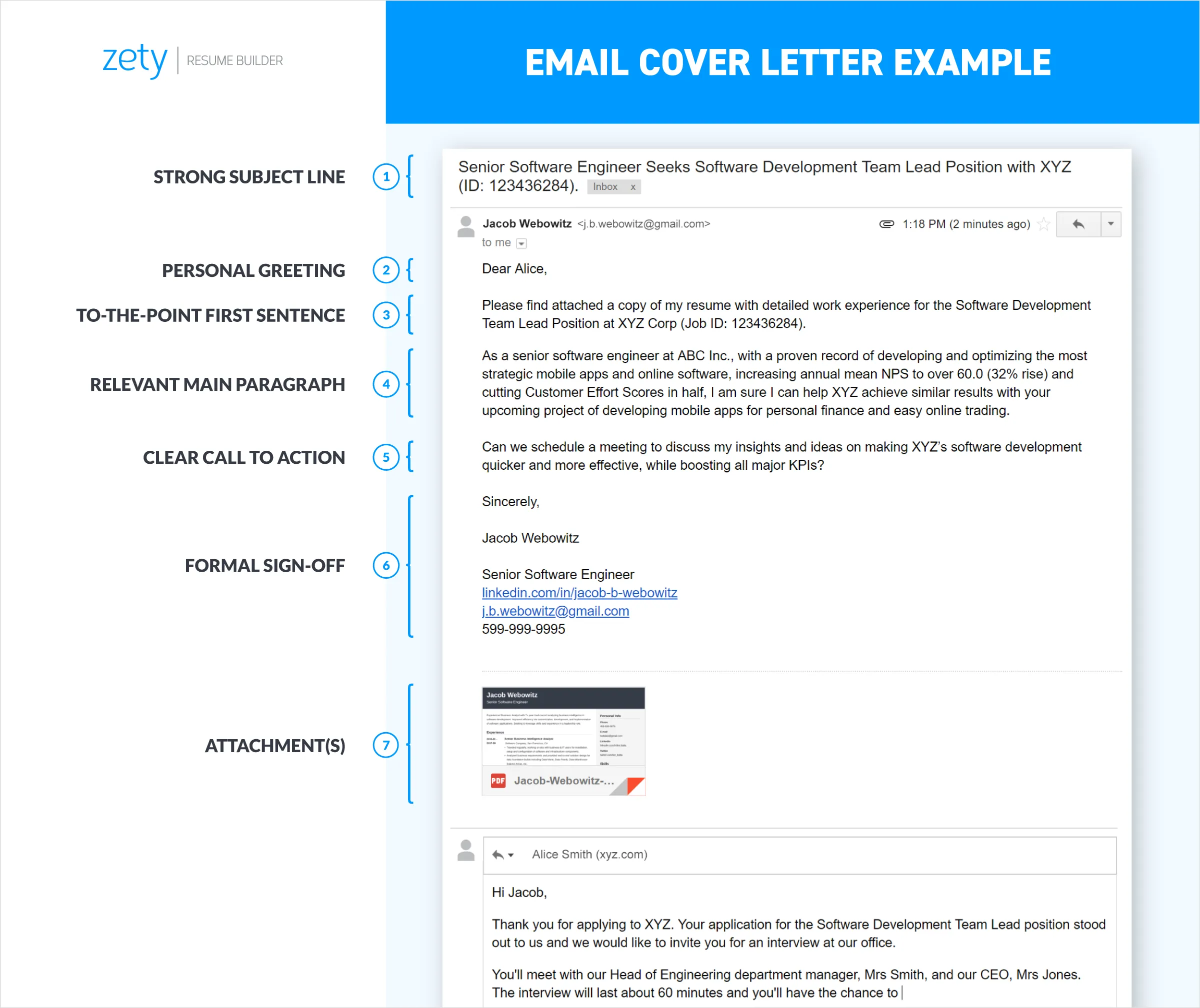Cover Letter Samples Email Understanding the Basics
In today’s digital age, the way you present your job application has evolved. While traditional cover letters remain important, sending a cover letter via email is now standard practice. Understanding how to craft a compelling email cover letter is crucial for making a strong first impression. This guide provides cover letter samples and detailed instructions to help you create effective email cover letters that increase your chances of landing an interview. We’ll cover everything from the essential elements to advanced tips, ensuring your application stands out. Remember, your email cover letter is often the first interaction you have with a potential employer, making it a critical component of your job search strategy. A well-written email cover letter can set you apart from other applicants, demonstrating your professionalism and attention to detail. Let’s delve into the details of crafting a standout email cover letter.
Cover Letter Samples Email What to Include
An effective email cover letter should be concise, yet comprehensive. It needs to highlight your key skills, experience, and why you’re a good fit for the role, all while adhering to professional standards. Here’s a breakdown of the essential elements that you should include in your cover letter.
Contact Information
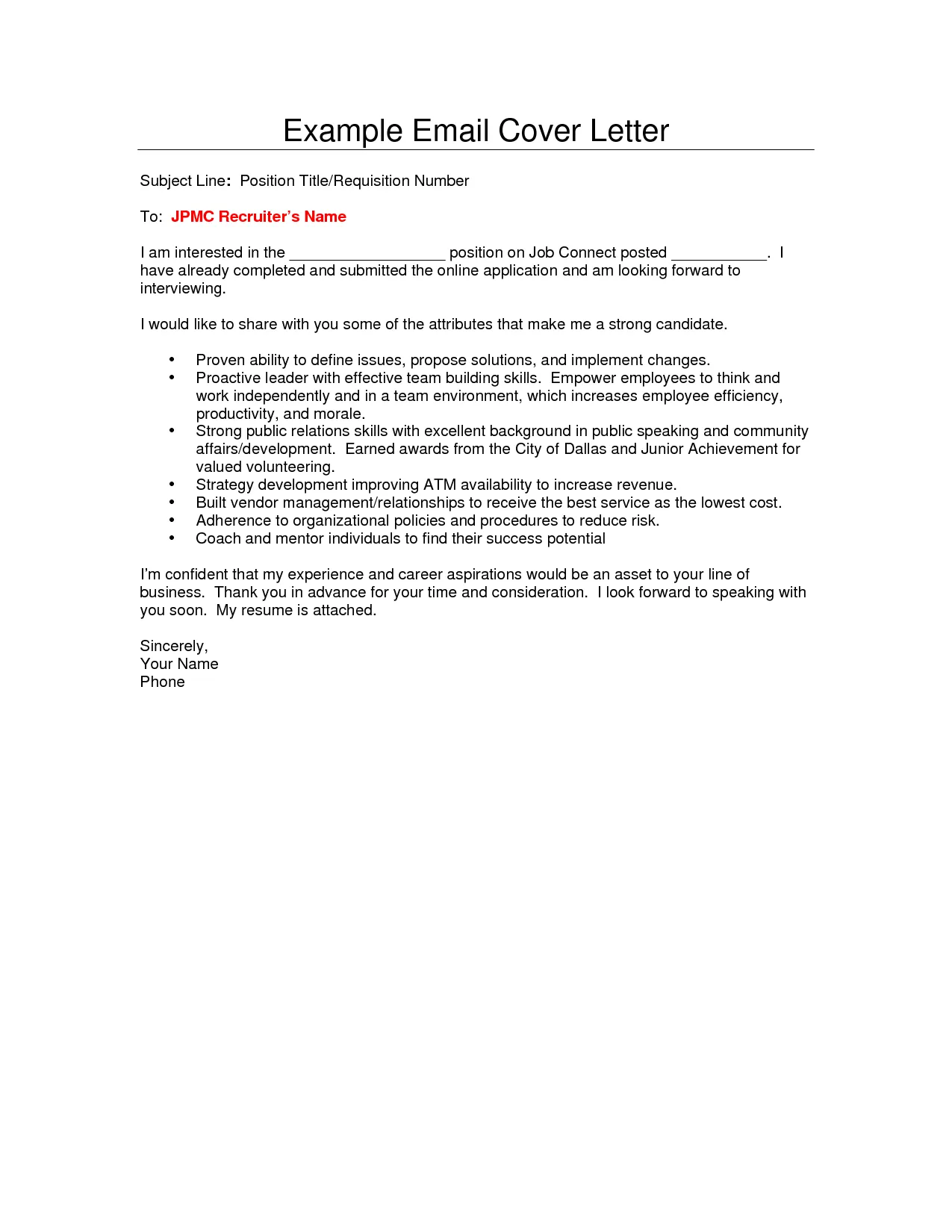
At the top of your cover letter, include your full name, phone number, email address, and optionally, your LinkedIn profile URL. This information should be easily accessible for the hiring manager to contact you. Ensure that your email address is professional, avoid using nicknames or casual language in your address. This section sets the stage for easy communication.
Recipient Information
Address your cover letter to the hiring manager or the specific person mentioned in the job posting. If a name isn’t provided, research the company to find out who is in charge of hiring. If you can’t find a specific name, use a general greeting like “Dear Hiring Manager.” Avoid generic greetings such as “To Whom It May Concern” as this makes your letter less personal. Researching the company’s structure can show you are proactive and serious about the position.
Opening Paragraph
Start with a compelling opening that grabs the reader’s attention. Clearly state the position you’re applying for and where you found the job posting. Briefly mention why you’re interested in the role and the company. A strong opening sets the tone and encourages the reader to continue reading. Be direct and show your enthusiasm for the opportunity. For example, you could say, “I am writing to express my interest in the Marketing Manager position at [Company Name], as advertised on [Platform].”
Body Paragraphs
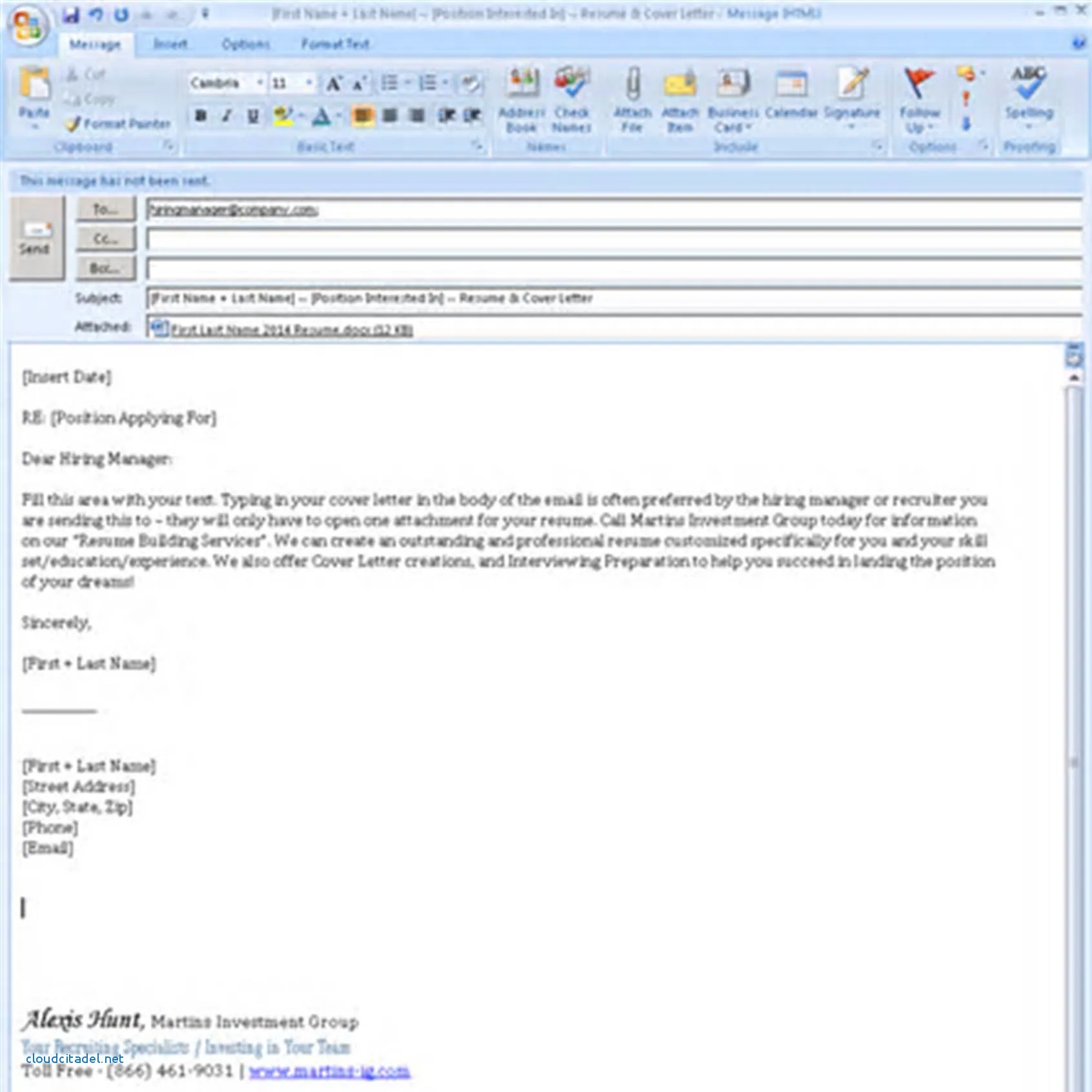
Use the body paragraphs to elaborate on your skills, experience, and achievements. Highlight how your qualifications match the job requirements. Provide specific examples that demonstrate your abilities. Keep each paragraph focused on a key aspect of your suitability for the role. Quantify your accomplishments whenever possible, by using numbers to show the impact of your work. For example, instead of saying “Improved sales,” state “Increased sales by 15% within six months.”
Highlighting Your Skills and Experience
Align your skills and experience with the job description. Identify the key requirements and explain how your past roles have prepared you. Mention relevant projects, certifications, or training that prove your capabilities. Using keywords from the job description can help your cover letter get past applicant tracking systems (ATS) and capture the hiring manager’s attention. For example, if the job requires project management skills, provide examples of projects you’ve successfully managed and the outcomes you achieved.
Tailoring Your Letter to the Job
Avoid sending generic cover letters. Tailor each letter to the specific job and company. Research the company’s mission, values, and recent projects to show you understand their needs. Customize your cover letter to demonstrate how your skills and experience align with the company’s goals. Mention specific aspects of the company that excite you and why you want to work there. This personalization demonstrates your interest and initiative.
Quantifying Your Achievements
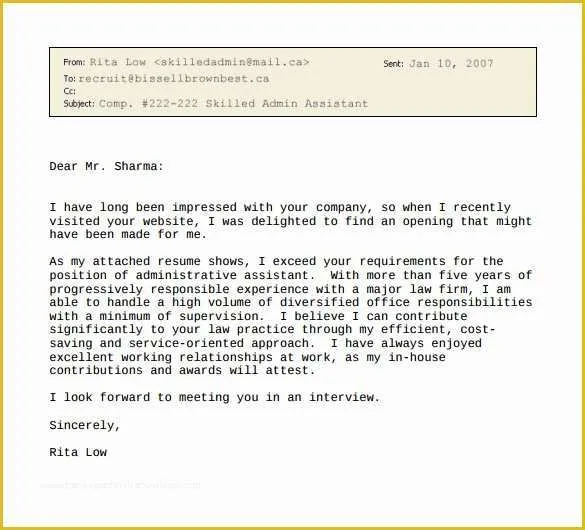
Use numbers and data to illustrate your accomplishments. Instead of vague statements like “managed projects,” provide specific details such as “managed a team of 10 people and delivered projects on time and under budget.” Quantifying your achievements gives the hiring manager concrete evidence of your abilities. This helps them understand the value you can bring to their organization. For instance, you could highlight a percentage increase in sales, a reduction in costs, or an improvement in customer satisfaction.
Closing Paragraph
End with a strong closing that reiterates your interest and thanks the reader for their time and consideration. Express your eagerness for an interview and provide a call to action (e.g., “I look forward to hearing from you soon.”). Reiterate your contact information. A professional closing leaves a positive lasting impression. For example, conclude with, “Thank you for considering my application. I am available for an interview at your earliest convenience and can be reached at [Phone Number] or [Email Address].”
Cover Letter Samples Email Formatting for Success
Effective formatting is key to ensuring your email cover letter is easy to read and visually appealing. Proper formatting enhances readability and demonstrates your attention to detail. Keep your cover letter well-organized and visually clean. This section provides specific formatting guidelines to make your cover letter professional and easy to read.
Choosing the Right Font and Size
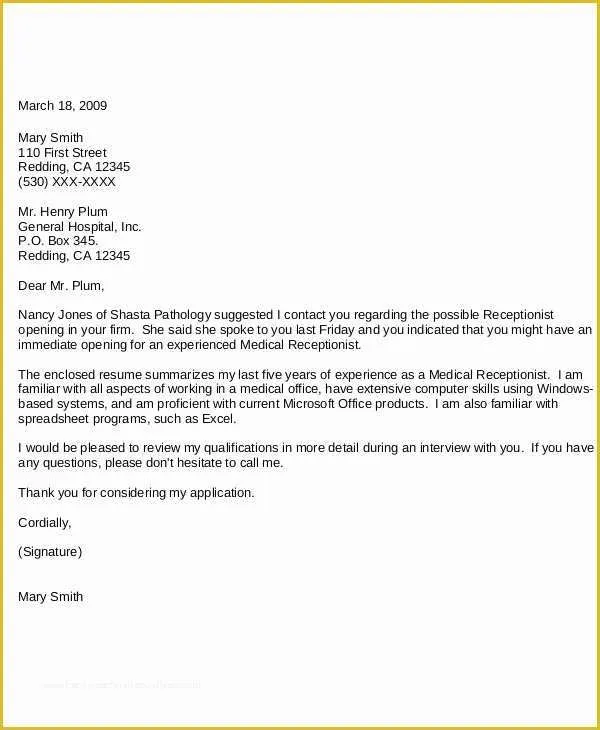
Select a professional and readable font, such as Arial, Calibri, or Times New Roman. Use a font size of 11 or 12 points for the main body of your text. Ensure the font is consistent throughout your document. Avoid using fancy or overly stylized fonts that can be distracting. Clear and standard fonts ensure your cover letter looks professional. Maintaining consistency in font choice shows attention to detail.
Margins and Spacing
Set margins to 1 inch on all sides. Use single or 1.15 line spacing. Add a blank line between paragraphs to improve readability. Proper spacing makes your cover letter easier to scan. Avoid overcrowding your text, and make sure the layout is clean and uncluttered. Consistent margins and spacing create a polished appearance. These formatting choices help make the document visually appealing and organized.
Proofreading and Editing
Thoroughly proofread your cover letter for any grammatical errors, spelling mistakes, or typos. Use a grammar checker and spell checker, but also read through the document carefully yourself. Ask a friend or colleague to review your cover letter for a second opinion. Errors can undermine your credibility. Pay attention to the details, and make sure your writing is clear, concise, and professional. Careful proofreading is a crucial step in the application process.
Cover Letter Samples Email Emailing Your Cover Letter
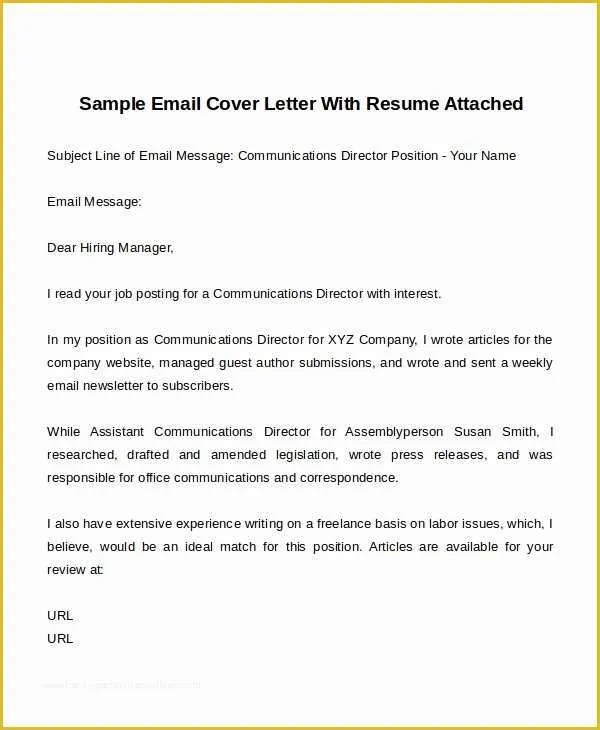
Sending your cover letter via email requires attention to detail, especially in the email body and subject line. This section covers the best practices for emailing your cover letter to ensure your message is delivered professionally and effectively. Following these tips will help your application stand out and increase your chances of getting a response from the hiring manager.
Subject Line Best Practices
Create a clear and concise subject line that includes the job title and your name. This helps the recipient quickly understand what your email is about. Avoid generic subject lines like “Job Application.” A good subject line might be “Marketing Manager Application – [Your Name].” This allows the hiring manager to easily identify your email. A specific subject line makes your email easier to organize and retrieve.
Attaching Your Cover Letter
Always attach your cover letter and resume as separate PDF files. PDFs preserve formatting and ensure your documents display correctly on any device. Name your files appropriately, for example, “Your Name - Cover Letter.pdf” and “Your Name - Resume.pdf.” Ensure the files are properly labeled for easy identification. Keep your attachments professional, formatted, and readable.
Writing a Concise Email Body
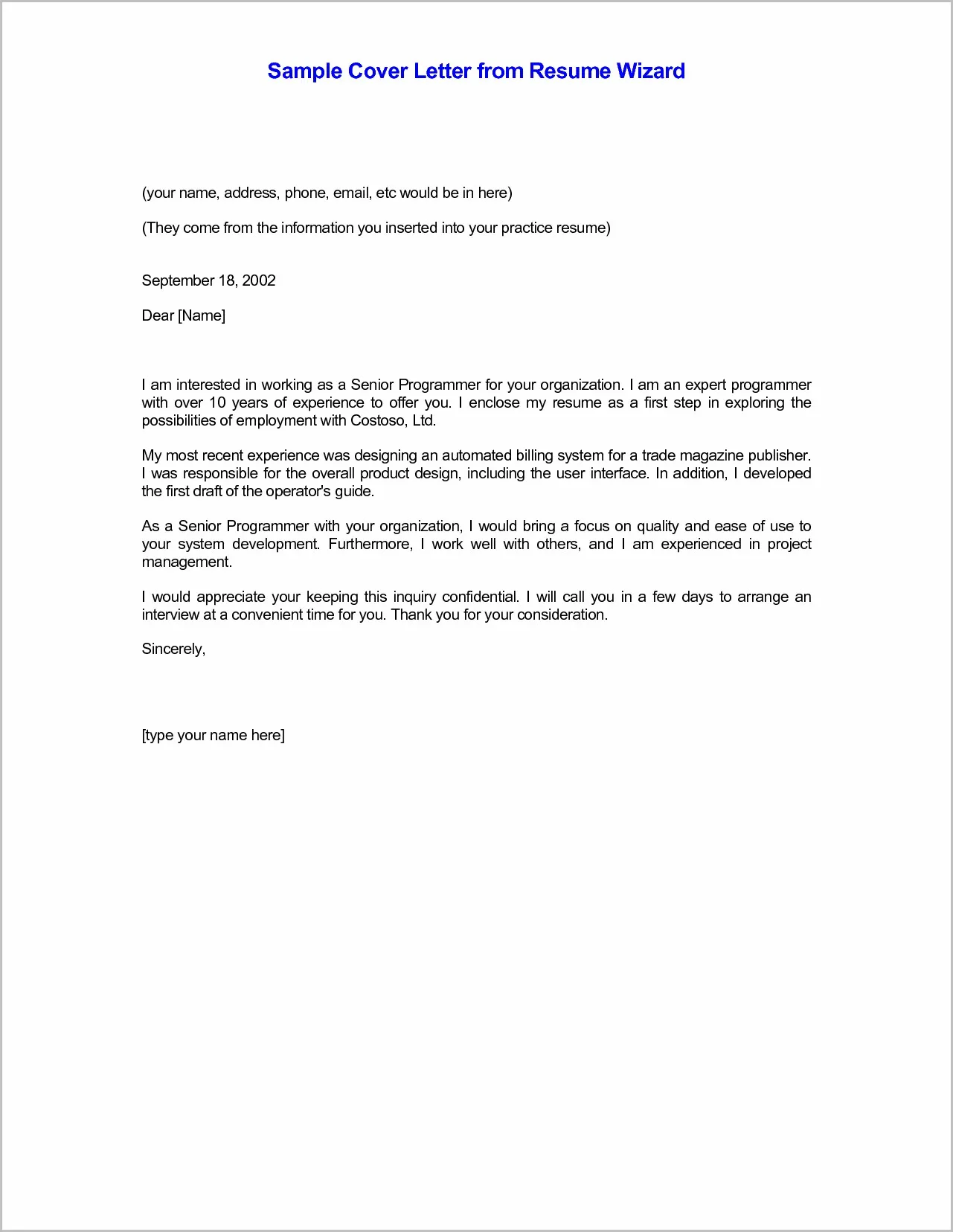
Keep the email body short and to the point. Use the email body to introduce yourself, state the position you’re applying for, and briefly mention why you are a good fit. Reiterate your interest and direct the reader to your attached cover letter and resume. Avoid repeating the entire cover letter in the email body. A brief introduction and a polite closing are sufficient. For example, you might start with “Dear [Hiring Manager], Please find attached my cover letter and resume for the [Job Title] position.” Then finish with “Thank you for your consideration.”
Cover Letter Samples Email Advanced Tips
To further enhance your email cover letter, consider these advanced tips. From addressing common mistakes to knowing the best follow-up practices, these points will help you refine your approach. Using these advanced strategies increases your chances of a positive outcome.
Addressing Common Mistakes
Avoid common mistakes such as using generic cover letters, including typos or grammatical errors, and failing to tailor the letter to the job. Don’t send a cover letter that is too long or irrelevant information. Ensure you research the company and address the specific requirements in the job description. Customize each letter and make sure your achievements and skills are relevant. Always proofread thoroughly before sending your application. Make sure your contact information is correct and up-to-date, and double-check all attachments.
Following Up After Submission
Follow up with the hiring manager or recruiter one to two weeks after submitting your application if you haven’t heard back. A brief, polite email is appropriate. In your follow-up, reiterate your interest and mention your qualifications. Ensure your email is respectful of their time. Make it easy for them to respond. Avoid being overly persistent. A brief and professional follow-up demonstrates your enthusiasm and allows you to reinforce your interest in the position. If you do not receive a response after your follow-up, it might be appropriate to move on.
